Prioritization of pig farm biosecurity for control of Salmonella and hepatitis E virus infections: results of a European expert opinion elicitation
Porcine Health Management
Oglądaj/
Data
2023Autor
Galipó, Erika
Zoche-Golob, Veit
Lucia Sassu, Elena
Prigge, Christopher
Sjölund, Marie
Tobias, Tijs
Rzeżutka, Artur
Smith Richard, Piers
Burow, Elke
Metadane
Pokaż pełny rekordStreszczenie
Background In the literature, there is absent or weak evidence on the effectiveness of biosecurity measures to the control of Salmonella spp. and hepatitis E virus (HEV) on pig farms. Therefore, the present study aimed to collect, weigh, and compare opinions from experts on the relevance of several biosecurity measures. An online questionnairewas submitted to selected experts, from multiple European countries, knowledgeable on either HEV or Salmonella spp., in either indoor or outdoor pig farming systems (settings). The experts ranked the relevance of eight biosecurity categories with regards to effectiveness in reducing the two pathogens separately, by assigning a score from a total of 80, and within each biosecurity category they scored the relevance of specific biosecurity measures (scale 1–5). Agreement among experts was analysed across pathogens and across settings.Results After filtering for completeness and expertise, 46 responses were analysed, with 52% of the experts identified as researchers/scientists, whereas the remaining 48% consisted of non-researchers, veterinary practitioners and advisors, governmental staff, and consultant/industrial experts. The experts self-declared their level of knowledge but neitherMultidimensional Scaling nor k-means cluster analyses produced evidence of an association between expertise and the biosecurity answers, and so all experts’ responses were analysed together without weighting or adaptation. Overall, the top-ranked biosecurity categories were pig mixing; cleaning and disinfection; feed, water and bedding; and purchase of pigs or semen, while the lowest ranked categories were transport, equipment, animals (other than pigs and including wildlife) and humans. Cleaning and disinfection was ranked highest for both pathogens in the indoor setting, whereas pig mixing was highest for outdoor settings. Several (94/222, 42.3%) measures across all four settings were considered highly relevant. Measures with high disagreement between the respondents were uncommon (21/222, 9.6%), but more frequent for HEV compared to Salmonella spp.Conclusions The implementation of measures from multiple biosecurity categories was considered important to control Salmonella spp. and HEV on farms, and pig mixing activities, as well as cleaning and disinfection practices, were perceived as consistently more important than others. Similarities and differences in the prioritised biosecurity measures were identified between indoor and outdoor systems and pathogens. The study identified the need for further research especially for control of HEV and for biosecurity in outdoor farming.
Zbiory
- Publikacje [714]
